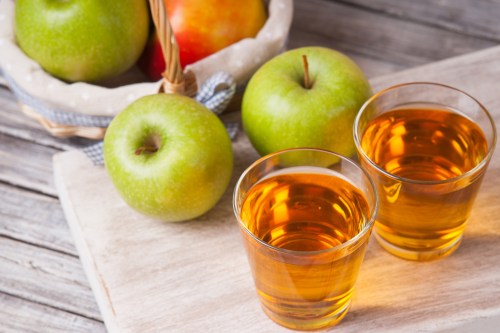Past memories can hit you like a ton of bricks. Whether it’s the smell of a certain meal that instantly makes you happy or the overwhelming cringe you feel when you recall an awkward moment from years ago. You might want to get rid of the latter in order to make room for new memories that aren’t clouded by past experiences. To learn more about how to stop past thoughts, researchers looked at three modes of eliminating memories. They found that while replacing thoughts and clearing the mind removes memories quickly, suppressing memories is better at thoroughly removing them.
Experts in This Article
clinical psychologist, life fulfillment expert, and author of Date Smart, Joy From Fear, and Aging Joyfully
Jarrod Lewis-Peacock, PhD, is a cognitive neuroscientist. His work investigates how the human brain supports our ability to accomplish goals.
“Think of old thoughts as used dirty dishes in our kitchen,” says Jarrod Lewis-Peacock, PhD, co-author of a recent study published in Nature Communications. “They’re good—we only have limited kitchen space to prepare meals and to eat meals with. We need to use that space. But when we’re done with a meal should we just leave those dirty dishes and silverware, and our cooking utensils just out on the counter and scattered around? Well, it’s going to be harder to prepare the next meal if you don’t have the dishes available. So, it’s advantageous for us to reclaim those resources, so that we can use them again.”
The December study enrolled 60 participants and had them look at innocuous images (think: an apple or Jennifer Aniston) and then try to remove the images from their minds. “The study is a brain imaging study,” says Dr. Lewis-Peacock. “We put people inside the MRI scanner to track what their brain is doing when they’re trying to put thoughts out of the mind.” The scanner allowed researchers to see how thoroughly the images were removed from the brains and how long it took to do so. The participants were prompted through three modes of memory removal: replacement (instead of thinking of the apple picture, think about what you’ll eat for lunch today), clearing your mind (try to think about nothing), and suppression (actively work to stop thinking of the apple).
While replacing the thought and clearing the mind quickly removed the memory, the thought was still in the background. “It wasn’t in their consciousness, but it was still there,” says Dr. Lewis-Peacock. “And it lingered, and then interfered with and influenced what they were thinking about on the next trial of the experiment.” But this didn’t happen with suppression. “In fact, they were actually better at encoding new information,” he says. “They’re cleaning the dirty dishes so that they can reuse them for the next meal, if you will.”
The efficacy of suppression was an interesting find, says Dr. Lewis-Peacock.
“The most effective way to stop thinking about something is to engage with it,” he says. “Focusing on the thing in order to change it. Just by ignoring it, ignoring something doesn’t make it go away.”
Keeping this info in your mental-health toolkit could be helpful, bearing in mind that this is very preliminary research. Given that most of us would like to forget things that are far more pressing than a picture of an apple, he says this research isn’t meant to be prescriptive.
Carla Manly, PhD, clinical psychologist and author, says that because the study used images like fruits and famous people, it’s applicable to working memories, not long-term emotions. Past research on emotion suppression has shown negative impacts.
“From a neurobiological perspective, the additional mental energy put into suppressing an unwanted thought can actually hardwire that thought into your brain,” says Dr. Manly. “Whatever we think about more often—be it in a positive way or undesirable—will be encoded more deeply.”
Dr. Lewis-Peacock says more research is absolutely needed. He and his team have written a grant to follow up with a series of studies looking at these three removal operations with negative and positive information. “[Further research will] answer some really important questions about whether indeed these findings translate when you have more real-world personally meaningful and emotional information,” he says.
Sign Up for Our Daily Newsletter
Get all the latest in wellness, trends, food, fitness, beauty, and more delivered right to your inbox.
Got it, you've been added to our email list.











